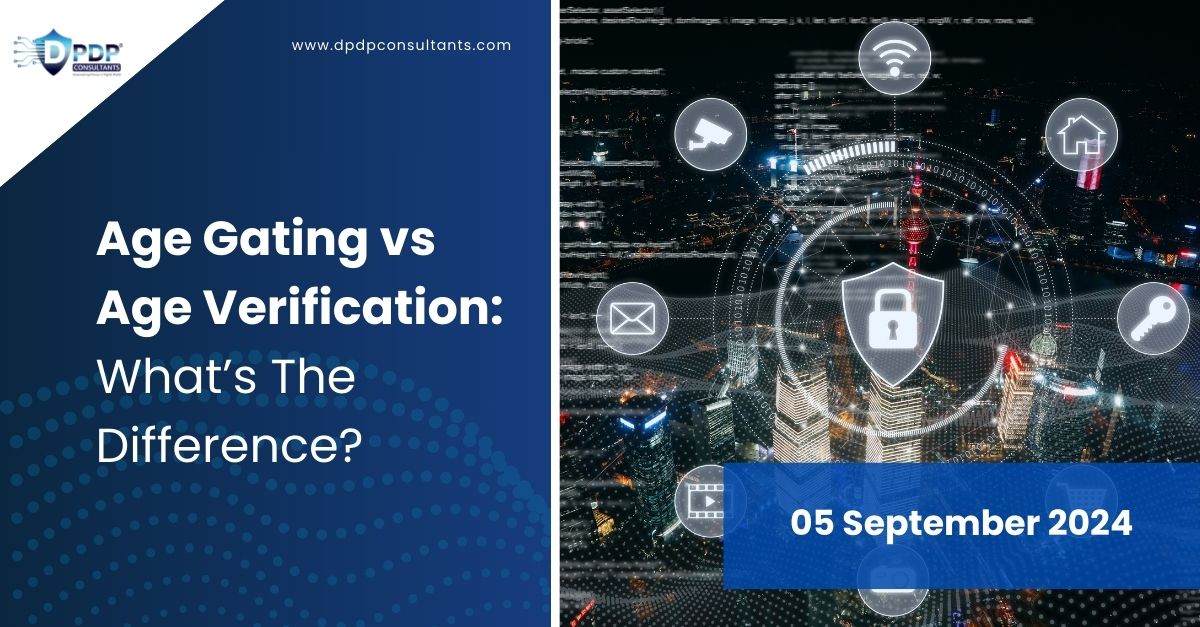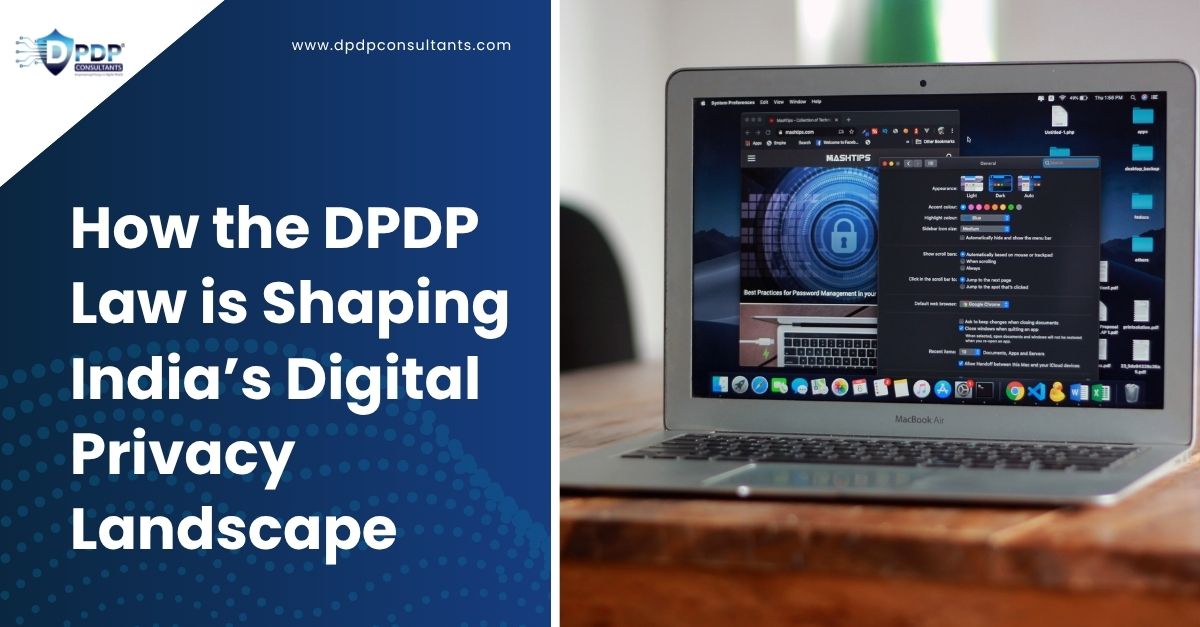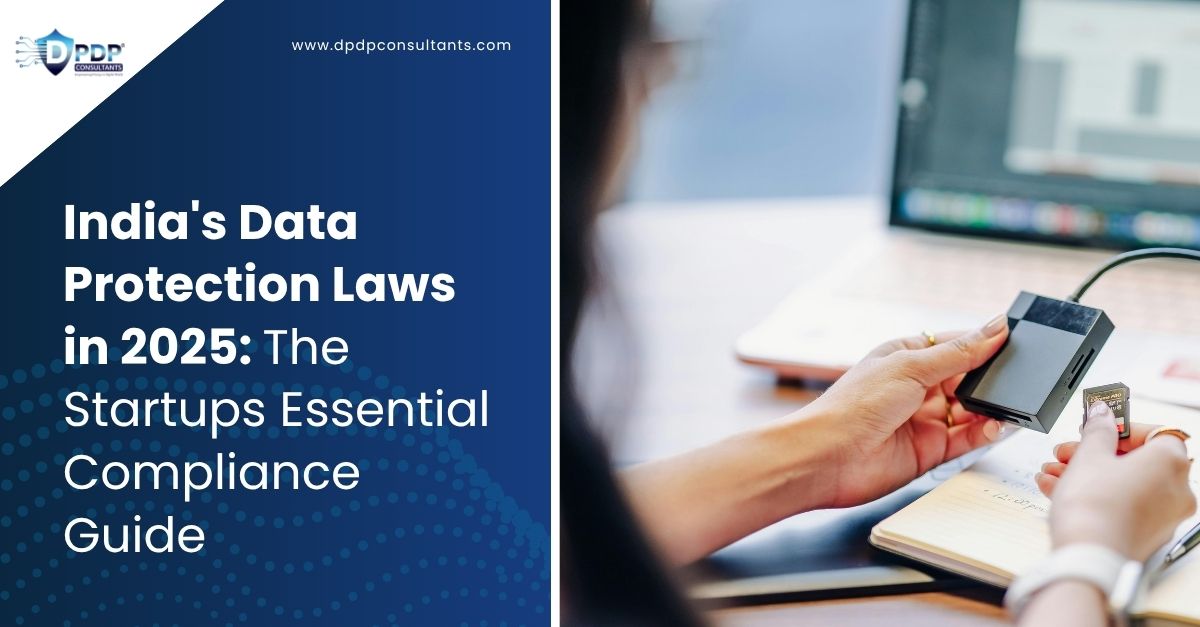Teenagers are naturally
curious and eager to try new things. However, letting them have unsupervised
screen time can sometimes lead them to explore websites and content which are
not age-appropriate.
To address this, there are two main methods used to confirm a user's age online:
·
Age
Verification
·
Age Gating
Age Gating often isn't
very effective because it's easy for kids to bypass. Many underage users simply
lie about their age or use fake birth dates to access things like alcohol in
online stores. Given the strict regulations around personal data privacy, companies
need to implement stricter age verification measures.
Let's explore what age
gating and age verification are, and how they can help to enhance personal data
protection on the internet for minors.
What is Age Gating?
Age gating is a basic
practice in managing access to age appropriate digital content. It's like
having a bouncer at a club checking IDs to ensure everyone is old enough to
enter.
This method uses a barrier
or gate, such as a page or pop-up, that asks visitors to confirm they are of
legal age to use the site's products or services before they proceed. The main
goal is to prevent children from accessing or interacting with content that
isn’t age appropriate.
Common Industries That Use Age Gating
Age gates are commonly
used in industries that offer age-sensitive products or services. It acts as a
first line of defence to prevent underage access.
This includes content
like:
·
Pornography
·
Alcohol
·
Tobacco
products, vaping, and e-cigarettes
·
Cannabis
·
Gaming
·
Age-rated
video games
·
Firearms
Types of Age Gating
1. Self Reporting
In this method, users
enter their age and confirm their date of birth voluntarily. It's a weak system
that relies on users being honest. Many reports show that self-reporting is
easy to bypass and isn't reliable for sensitive cases.
2. Parental Consent
This method ensures that
minors trying to access adult websites or platforms can't bypass the age-gating
filter. When a user attempts to access such a site, a pop-up or screen appears
asking for parental consent and
approval.
Here's how it works:
- A user signs up, stating their age as 13 or
above.
- The site then requests parental consent via an
online form filled out by a parent, including details like contact number,
email, or social media profile for digital identity verification.
- After verification and confirmation, the
account is created but regularly monitored for suspicious activity.
However, this method has
loopholes, such as the inability to ensure the form is filled out by an actual
parent rather than a friend with a fake account.
To address these
weaknesses, age verification is often preferred over age gating.
What is age verification?
An age verification system
takes things a step further than age gating by requiring proof of identity to
confirm a visitor's age. This can involve:
- Scanning a valid ID document
- Using facial recognition to match selfies with
ID photos
- Cross-referencing ID data with third-party
sources like government databases
While less secure methods
only use data cross-referencing, top-tier solutions combine this with stronger
methods like photo ID checks and live selfie verification.
Age Verification Methods
1. Self Declaration
This involves users
providing their age or date of birth voluntarily. Common on social media
platforms, it relies heavily on user honesty and lacks ways to verify the
accuracy.
2. Credit Card Analysis
This method uses credit
card information, assuming that owning a credit card means the user is of legal
age.
3. Data base Scrutiny
This approach involves
checking against verified databases like voter registers and utility providers.
Document Authentication
Users provide
identification documents for careful examination, often paired with biometric
checks to confirm identity.
4. Facial Biometric
This method uses selfie
verification to assess age, offering a secure and privacy-focused approach
without needing personal information.
Advantages of Age
Verification Over Age Gates
5. Protecting Minors
Age verification offers
stronger protection for minors. Its advanced algorithms can quickly spot fake
or forged identities. In contrast, age gates don't verify a user’s age and rely
only on self-reported data. This makes it easy for minors to bypass by lying
about their age or using a fake birth date.
6. Regulatory Compliance
Age verification is
essential for complying with national regulations and helps businesses avoid
legal issues and fines. An age gate often doesn't meet the minimum regulatory
standards. The DPDP Act recommends stricter age verification than what age gates
provide.
7. Maintaining brand reputation
Age gating often gets
criticized for its security flaws. A weak age-gating system can make people
question a brand’s commitment to online safety and privacy. In contrast, using
strong age verification methods shows that your brand is serious about protecting
minors and meeting regulatory requirements.
8. Requirement for Sensitive Industries
For industries dealing
with highly regulated or sensitive content like alcohol, tobacco, and adult
entertainment, age gating isn't enough. In these cases, strict digital identity
verification tools offer much stronger protection.
9. Accurate Data Collection
Age gating doesn't provide
the verified demographic data that more advanced age verification solutions do.
This data can be crucial for businesses to understand and serve their target
audience better. Strong digital identity verification methods give a reliable
confirmation of a person’s identity and age, leading to more accurate
demographic insights.
Age Verification vs Age Gating
|
Feature
|
Age Gating
|
Age Verification
|
|
Methodology
|
Uses detailed checks like
verifying documents, checking databases, or using biometrics.
|
Self-declaration or prompts for
unverified parental consent
|
|
Means Used
|
AI, biometrics, and document
analysis
|
checkboxes or digital forms
|
|
Reliability
|
High, since verification is
based on official documents, biometric data or existing databases
|
Low, since it relies on the
honesty of the user
|
|
Regulatory Compliance
|
In compliance with stringent
regulatory requirements
|
Often incapable of meeting
minimum legal standards
|
|
Industry Application
|
Necessary for highly regulated
industries like finance, healthcare, and adult content
|
Frequently used in less
regulated sectors like general e-commerce websites
|
|
Accuracy of collected Data
|
Higher due to use of
sophisticated technology
|
Lower, easy to bypass and feed
fake information
|
|
Public Perception
|
Suggests a higher commitment to
safety and legality
|
Could raise privacy concerns
due to the lack of efficient data protection
|
Age Gating Under the DPDP Act
The Digital Personal Data
Protection Act 2023 (DPDPA 2023) sets rules for handling digital personal data in India. Section 9
focuses on processing children’s data, defining a ‘child’ as anyone under 18.
It introduces strict guidelines on how to collect, use, and protect children's
personal data to ensure their privacy and safety.
Key requirements for handling children’s data include:
- Getting verifiable consent from a parent or
guardian before processing any child’s personal data.
- Avoiding any data processing that could harm a
child's well-being.
- Not tracking, monitoring, or targeting
children with ads.
What this really means is
that every platform will need to have age verification systems in place.
Without them, you won’t be able to properly record users' verifiable consent.
Issues with Existing Age Verification Solutions
Many earlier methods, like
using Aadhaar, Digi-Locker, or one-time electronic tokens to verify children’s
ages and confirm consent from guardians, have been deemed unfeasible.
For instance, with
Aadhaar, the main problem is proving the relationship between a child and their
parent. Often, the data doesn’t reflect recent changes, like a new address or
the death of a parent, which creates issues.
Solutions like Digi-Locker
or one-time tokens don’t keep up well with rapid technological changes,
especially for age verification on social media and communication platforms.
Collaborating with Big Tech Companies
The government is
considering letting social media platforms and other online services create
their methods for age restriction and obtaining verifiable parental consent.
These company-developed solutions could be used alongside government-prescribed
methods to ensure businesses can continue operating smoothly.
Senior officials from the
Ministry of Electronics and Information Technology recently met with executives
from major tech firms, startups, and industry associations to discuss how to
accurately verify the age of users under 18 and secure proper parental consent
as required by the DPDP Act.
They agreed that a uniform
approach wouldn’t work for everyone. Companies were asked to propose the best
strategies for their specific needs.
Companies like Meta
suggest that the most effective way to manage age verification and consent is
through app-store-level verification of users.
Protecting Children's Data
Privacy with Age Verification and DPDP Act Compliance
While age gating is a
basic way to limit access based on age, the future of online safety and
compliance lies in using robust age verification systems. These systems provide
greater reliability, meet strict legal standards, build user trust, and help
prevent fraud.
Over the next few months,
we'll see new rules and regulations under the DPDP being developed and rolled
out in phases. It will be interesting to watch how the age-gating requirements
of the DPDP are implemented and what measures will be put in place to ensure
compliance.
In the meantime, to make
online spaces safer for minors, organizations should improve data security,
frequently review their practices, and educate both children and their
guardians about their rights under the DPDPA.
DPDP Consultants offers a
complete range of tools and services to help you manage the complexities of
personal data protection compliance.
- The DPDPA Readiness Review helps organisations assess the DPDPA's impact on all
aspects of their operations.
- The Data Protection Consent Management (DPCM) tool, offered as a SAAS model, ensures valid
consent, automating personal data consent requests
and establishing a robust system for tracking and handling such requests
within companies.
- For existing contracts, the Contract Review service ensures alignment with DPDP specifications, necessitating
revisions when necessary.
- Their dedicated team provides
comprehensive DPDPA Compliance Assistance, establishing internal audit frameworks for
regulatory alignment.
- They assist in conducting DPIAs to assess and
mitigate risks in data processing. Their Data Protection Impact Assessment (DPIA) tool automates the process, allowing concerned
individuals/DPOs to conduct DPIAs through a user-friendly platform. It
tracks identified risks and ensures all concerned are informed about
mitigation progress.
- The Data Principal Grievance Redressal (DPGR) tool enables data principals to raise their
rights through a user-friendly platform, accessed manually or
automatically by Data Protection Officers/concerned persons. This reduces
response time and ensures compliance.
- They offer a training program to educate staff
on the new regulation, ensuring DPDP Act compliance. Their Data Protection Awareness Program (DPAP) enables regular and mandatory awareness sessions, followed
by assessments, ensuring every employee understands the DPDP Act and the
repercussions of non-compliance.
Learn More About Children's Privacy with DPDP Consultants!
Ensuring
the privacy of children's data under DPDPA requires diligence, but with the
right approach and resources, it is possible. Let DPDP Consultants assist you
every step of the way.
For News updates, expert
insights, and practical tips on DPDP compliance and personal data security
please subscribe to our newsletter Privacy
Talks.





